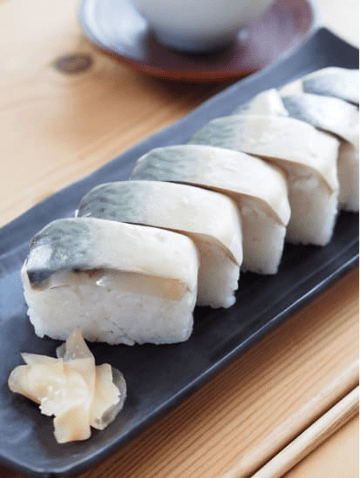Always Try Everything Once
After much consideration, the most useful lesson I learned this summer was to “always try everything once”. Obviously, there are boundaries to this saying– there are a handful of things I absolutely recommend never trying. But, in terms of cultural immersion through history, friends, and food, it’s hard to go wrong. I strongly believe that giving everything a try lets you learn more about yourself and allows you to live without regret or curiosity of “what if I had…”. As such, one of my priorities during my time in Japan is to give all new things a go without letting the unfamiliar ward me off. I spent some time researching what these things may entail, and so here in this post, I will share some of those findings.
The first thing that jumped out at me was food (of course, Kendall). There are many weird (as in, unusual in American terms) must-try Japanese foods that are more general throughout the country, such as raw egg, horsemeat, and natto (fermented soybeans). Various unique Japanese dishes hold foot in the Kyoto region such as sabazushi (pickled mackerel on rice wrapped with seaweed) and hakozushi (rice and eel or mackerel pressed in a wooden box). Kyoto is land-locked and thus seafood tends to be preserved, a trend that tends to be niche to the area. With my upbringing I haven’t even heard of these foods before– tasting them should be quite the adventure. Perhaps I’ll try and put together a little vlog of friends and I as we give them a first try. I’ve also been wanting to improve my cooking skills in various cuisines. As I learned how to make traditional Korean rice cakes in Korea, I’d love to learn how to make a few traditional Japanese dishes while in Japan.

Kyoto also happens to be one of the best places in Japan for vegetarians because it is home to Buddhist temple cuisine. Though I am not a practicing vegetarian myself, I found this piece of information interesting as it’s not something I thought Kyoto to be known for. Zen Buddhist temple cuisine is free from animal products and focuses on small dishes of tofu, vegetables, and rice. Visitors are able to experience this type of meal in certain temples whilst sitting on traditional tatami mats overlooking the outer courtyards. I’ve studied lots about temples and the Buddhist religion, so on top of tasting new ingredients, if I have the chance to visit such a temple that offers this food I’d also be appreciating the architecture and spiritual space. I’m quite interested in religion but not so much in the way of practicing it. Rather, I find the origins and developments of religion to be a huge area of interest– the more historical, psychological, and philosophical approach to the study, if that makes sense.
In fact, I took an entire class on the structure, history, objects, and etiquette of the traditional Japanese teahouse and tea ceremony (with Professor Morse– he’s awesome, definitely fit in a class with him if you’re interested in the Japanese arts) which is closely linked to spiritual and religious practice. Kyoto is home to many traditional tea houses. The tea ceremony, or chanoyu, is a complicated practice that takes into account different kinds of context, tea, teaware, and decor. I’d like to experience, or at least observe, the tea ceremony in person and understand the old and new ways of tea. It’s always rewarding to be able to apply what you’ve studied to things you’re actually doing in real life.


Chanoyu
Continuing on that note, as part of my Japanese studies, I also learned about various festivals and celebrations. From videos I’ve watched they seem unique and unlike anything we celebrate here in the States. To name a few I could attend, there’s Jidai Matsuri (Autumn Festival) held in October, an illumination event Kyoto Arashiyama Hanatouro in mid-December, and a traditional dance performance Gion Odori in early November. I’d also like to try on a traditional kimono if given the chance as I did with trying on traditional hanbok.


Kyoto Arashiyama Hanatouro
Food, tradition, and celebration all tie in very closely to the concept of home, especially to those who have come to the same conclusion of its definition as I have: home does not need to be a physical place or space, though it can be, but rather is more often dependent on the things, people, and feelings that one associates with or happened to experience in the place or space than the actual place or space itself. More simply put, “home is where the heart is”. When I am in the States I lean towards calling places where those I care about reside to be my home such as Princeton and Amherst. However, in traveling abroad where I quite literally have yet to meet anyone in my program, my understanding of home will have to be flexible if I am to understand what it means to me then, to other students, and to those residing in Japan more permanently.